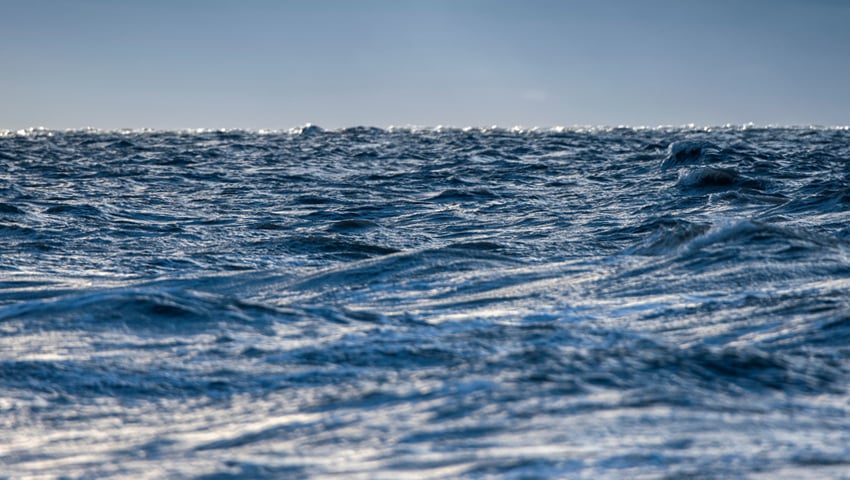The accumulation of nutrient legacies on land and in inland waters will lead to excessive nutrient loading in the Baltic Sea for a long time to come, according to a new study.
On the plus side, measures already taken to reduce the inputs of nutrients to the catchment will have an impact on future loads to the sea as legacies are depleted, thereby reducing the need for additional mitigation measures.
In a recently published comprehensive modelling study, researchers at the Stockholm University Baltic Sea Centre, have analysed more than a century of nutrient dynamics in the Baltic Sea catchment, covering 1.6 million km2 and 14 countries.
Study author, Bärbel Müller-Karulis, said, “The import of nutrients to the area that drains into the Baltic Sea is closely connected to the loads of nutrients to the sea, where they cause eutrophication. A part of the nutrient import is transported rapidly to the sea, while some is stored and released later. Understanding these dynamics is important to predict future loads to the sea.”
Nutrient import peaked in 1980s
The import of nutrients to the Baltic Sea drainage basin increased rapidly after the 1950s, with the increased use of mineral fertilisers, to peak in the 1980s.
Areas with a high share of agricultural land, such as the catchment of the Danish Straits, received the highest inputs relative to land area.
In the Baltic Sea catchment as a whole, mineral fertilisers made up as much as 81 per cent of the total input of nitrogen and 96 per cent of the total input of phosphorus during the period 1900-2018. Other contributions to NANI and NAPI have been import of food and feed, and in case of NAPI also detergents.
Some of the nutrients brought into the catchment are transported to inland waters and further on to the Baltic Sea in form of human excreta in wastewater, rapid runoff from agricultural land, or slow leakage from accumulated nutrient legacies.
For the period 1900-1918, however, only a small fraction of the nutrients brought into the catchment – about one-twentieth of the nitrogen and one-fifth of the phosphorus – has reached the Baltic Sea. This has still been enough to cause extensive eutrophication, which has degraded the environmental status of the sea.
Instead, the model shows that most nutrients are removed by nutrient sinks. These include the removal of nitrogen by denitrification (where biologically active forms are reduced to inert nitrogen gas) and the immobilisation of nitrogen and phosphorus in terrestrial and aquatic environments.
On the time-scales covered in the study, only a minor fraction of the nutrients brought into the catchment create legacy pools that are mobilised and released into freshwater and marine ecosystems, affecting these over several decades.
This diffuse riverine load has made up an increasingly important part of the total waterborne load to the sea, as wastewater treatment has improved in the drainage basin.
“As the anthropogenic inputs of nutrients to the catchment increased, the share converted to human excrement declined”, Müller-Karulis said. “Increased urbanisation and connection to sewage systems with poor treatment made nutrient loads from sewage systems grow faster than population size after the second world war, but these loads have dropped with the modernisation of the sewage treatment plants. Now, the release of accumulated nutrients makes up a larger part of the loads.”
Delayed response
Since the peak in the 1980s, the net input of both nitrogen and phosphorus to the Baltic Sea catchment has decreased significantly, and has stabilised at 40 – 70 per cent of peak inputs for nitrogen, and 15 – 30 per cent for phosphorus.
The study shows that in recent years the buildup of nitrogen storage has halted, and the phosphorus accumulation has turned to depletion.
However, the response time of river loads to changes in the net inputs to the catchment is approximately 4 years for nitrogen and 6-18 years for phosphorus, in all systems except for Gulf of Riga and Gulf of Finland catchments, where response times are shorter.
